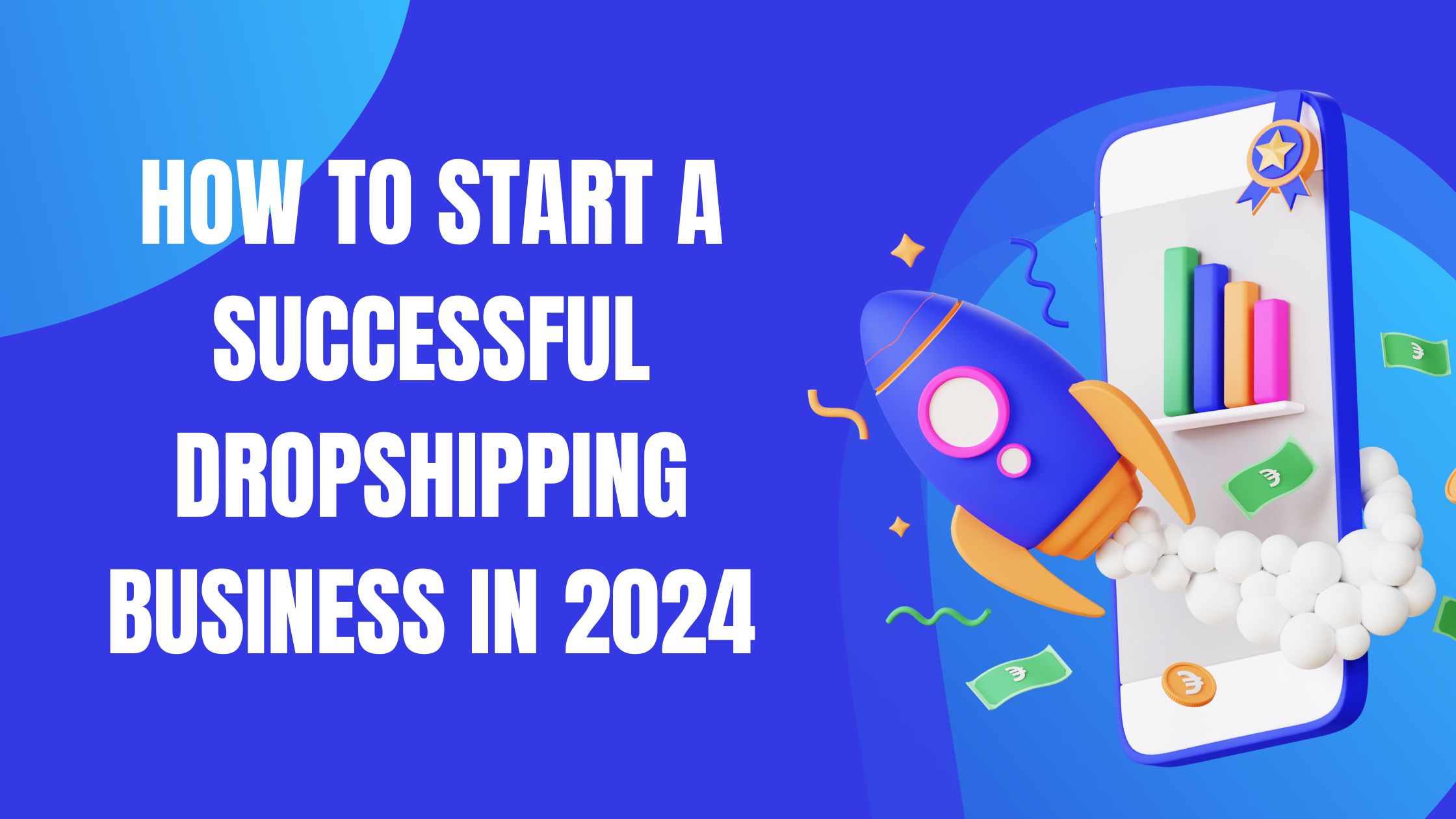Creating a financial plan is like charting a course for your financial future. It’s a roadmap that guides you toward your goals, whether it’s buying a home, saving for retirement, or starting a business. But crafting a financial plan isn’t one-size-fits-all—it needs to be tailored to your unique circumstances, goals, and aspirations. In this comprehensive guide, we’ll walk you through the steps to create a personalized financial plan that works for you, helping you achieve financial success and peace of mind.
1. Assess Your Current Financial Situation
The first step in creating a financial plan is to take stock of your current financial situation. This involves gathering information about your income, expenses, assets, liabilities, and savings. Make a list of all your sources of income, including wages, salary, bonuses, investments, and any other sources of revenue. Then, calculate your total monthly expenses, including rent or mortgage payments, utilities, groceries, transportation, insurance, and debt repayments.
Next, determine your net worth by subtracting your total liabilities (debts) from your total assets (savings, investments, property, etc.). This will give you a clear picture of your financial health and where you stand financially.
2. Define Your Financial Goals
Once you’ve assessed your current financial situation, it’s time to define your financial goals. What do you want to achieve in the short term, medium term, and long term? Your goals might include:
- Building an emergency fund
- Saving for a down payment on a home
- Paying off debt
- Saving for your children’s education
- Planning for retirement
- Starting a business
Be specific about your goals and assign a timeline and monetary value to each one. This will help you prioritize your goals and allocate your resources accordingly.
3. Create a Budget
A budget is a crucial tool for managing your finances and achieving your goals. It helps you track your income and expenses, identify areas where you can cut back, and ensure that you’re living within your means. To create a budget:
- List all your sources of income
- Identify your fixed expenses (e.g., rent, utilities) and variable expenses (e.g., groceries, entertainment)
- Subtract your expenses from your income to determine your discretionary income
Allocate your discretionary income toward your financial goals, starting with your highest-priority goals first. Make sure to review and adjust your budget regularly as your financial situation changes.
4. Build an Emergency Fund
An emergency fund is a financial safety net that provides peace of mind and protection against unexpected expenses or income disruptions. Aim to save enough to cover three to six months’ worth of living expenses. Keep your emergency fund in a liquid, easily accessible account, such as a high-yield savings account or a money market fund.
5. Pay Off Debt
Debt can be a significant obstacle to achieving your financial goals, so it’s essential to develop a plan to pay it off. Start by prioritizing your debts based on their interest rates, with high-interest debts (e.g., credit cards) taking precedence. Consider using strategies such as the debt snowball or debt avalanche method to accelerate your debt repayment and free up more money for savings and investments.
6. Save and Invest
Saving and investing are essential components of any financial plan. Start by saving a portion of your income each month toward your financial goals, such as retirement, education, or a down payment on a home. Make sure to take advantage of tax-advantaged savings vehicles such as 401(k) plans, IRAs, or 529 plans when appropriate.
When it comes to investing, consider your risk tolerance, time horizon, and investment goals. Diversify your investments across different asset classes (e.g., stocks, bonds, real estate) to reduce risk and maximize returns. If you’re not comfortable picking individual investments, consider investing in low-cost index funds or exchange-traded funds (ETFs) that track broad market indexes.
7. Review and Adjust Regularly
Once you’ve created your financial plan, it’s essential to review and adjust it regularly to ensure that it remains aligned with your goals and circumstances. Life changes, such as marriage, divorce, job loss, or a new baby, can impact your financial situation and priorities. Make sure to revisit your financial plan at least annually, if not more frequently, to make any necessary adjustments.
Conclusion
Creating a financial plan is a crucial step toward achieving your financial goals and securing your financial future. By assessing your current financial situation, defining your goals, creating a budget, building an emergency fund, paying off debt, and saving and investing wisely, you can take control of your finances and work toward a brighter future.
Remember that a financial plan is not set in stone—it’s a living document that should evolve with your life circumstances and financial goals. Review and adjust your plan regularly to ensure that it remains relevant and effective. With discipline, determination, and a clear roadmap, you can achieve financial success and build a secure financial future for yourself and your family.






